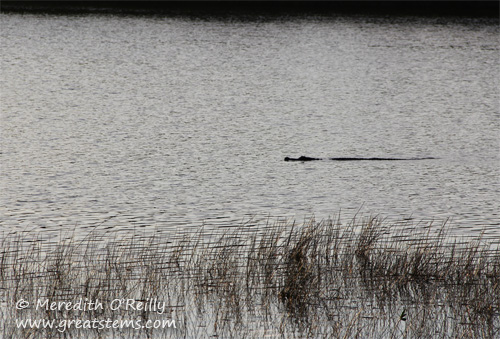 One of the highlights of our Florida trip was canoeing in the Everglades at 9-Mile Pond, just a few miles north of the Flamingo Center. Arriving in the early morning, we were welcomed by an alligator drifting lazily across the pond.
One of the highlights of our Florida trip was canoeing in the Everglades at 9-Mile Pond, just a few miles north of the Flamingo Center. Arriving in the early morning, we were welcomed by an alligator drifting lazily across the pond.
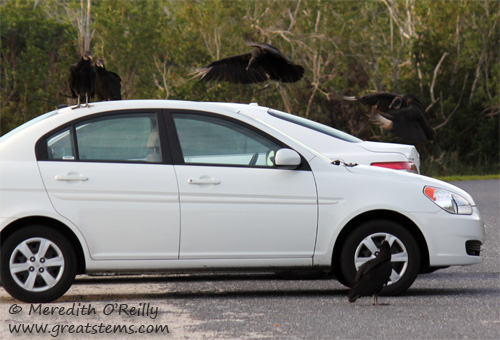
The alligator wasn’t the only one to greet us — several vultures awaited our arrival and that of the other folks doing the canoe trip with us. It didn’t take long before the vultures began to attack and consume the rubber parts of cars foolishly left in the parking lot. This is why the vultures we saw all around the Everglades seemed to stalk us whenever we drove into a visitors area. Fortunately for us, we had been warned not to park in the 9-mile lot and also to make sure to cover our windshield wipers and sideview mirrors with bags to help protect them. The woman who drove the car above
didn’t bother to move her car, saying, “Meh, it’s a rental.”
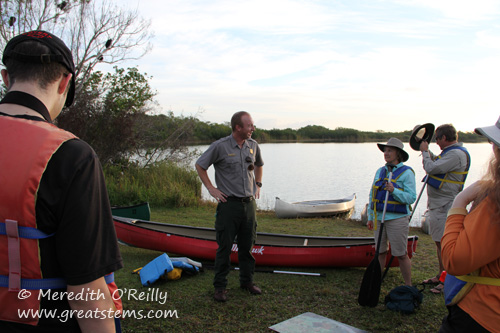
Our Park Ranger guide, Daniel, was excellent — articulate, informative, and funny.
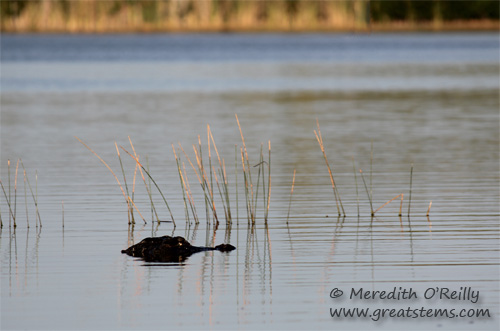
The canoe trip took us across 9-Mile Pond and then along a winding path through many Red Mangrove islands.
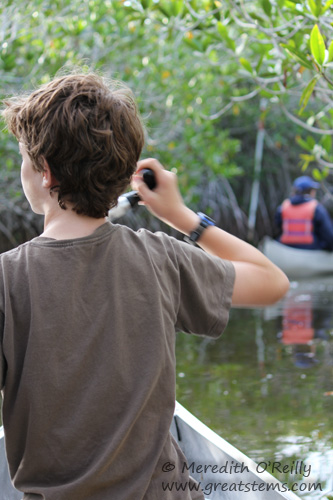 Sometimes we maneuvered through tunnels made from overhead arching branches, while the mangrove roots arched downward into the water. In case you are wondering why my son isn’t wearing a life jacket in the image above, the Park Ranger let us take them off once we were in the shallow waters of the mangroves. I opted not to “rock the boat.”
Sometimes we maneuvered through tunnels made from overhead arching branches, while the mangrove roots arched downward into the water. In case you are wondering why my son isn’t wearing a life jacket in the image above, the Park Ranger let us take them off once we were in the shallow waters of the mangroves. I opted not to “rock the boat.”
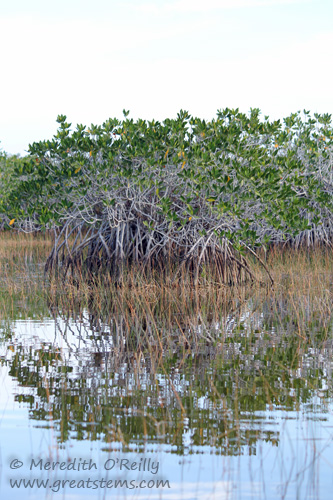 Red Mangroves create a community utilized by many different plants and animal species. Additionally, they serve as protection for the delicate ecosystem, especially during hurricanes.
Red Mangroves create a community utilized by many different plants and animal species. Additionally, they serve as protection for the delicate ecosystem, especially during hurricanes.
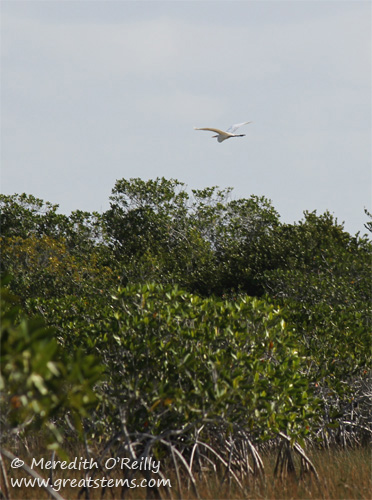 We saw the occasional alligator, and several birds took flight as we paddled our way around curves and corners.
We saw the occasional alligator, and several birds took flight as we paddled our way around curves and corners.
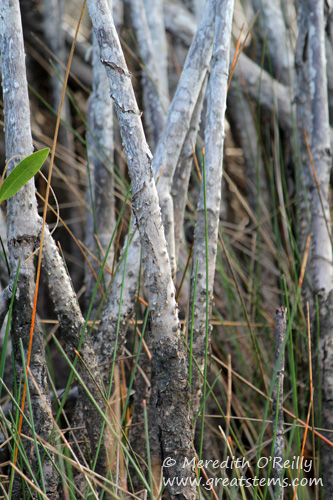 The upright Mangrove roots stood out of the water like stilts, supporting the tree above.
The upright Mangrove roots stood out of the water like stilts, supporting the tree above.
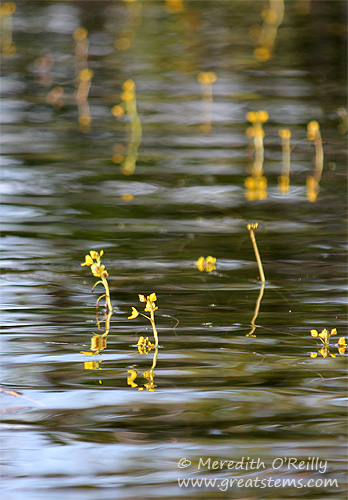
Bladderwort, a carnivorous plant, was plentiful in the waters below us. Bladderwort extends only its flower above water. Below the surface, bladders on the leaves trap and consume mosquito larvae and other tiny aquatic creatures.
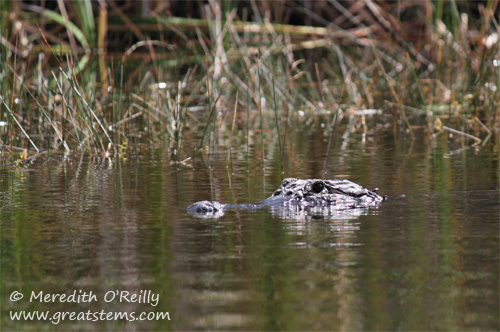
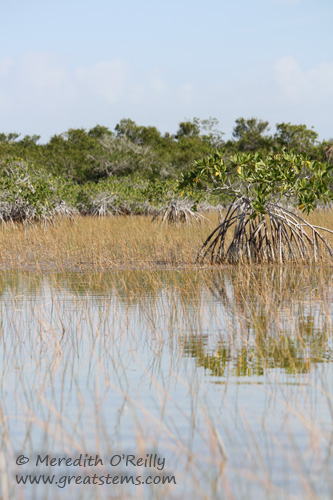 Out in an open area of Spike Rush and scattered Mangroves, our group paused to discuss the movement of water through the Everglades ecosystems and how wildlife adapts to the flow of water in wet and dry seasons.
Out in an open area of Spike Rush and scattered Mangroves, our group paused to discuss the movement of water through the Everglades ecosystems and how wildlife adapts to the flow of water in wet and dry seasons.
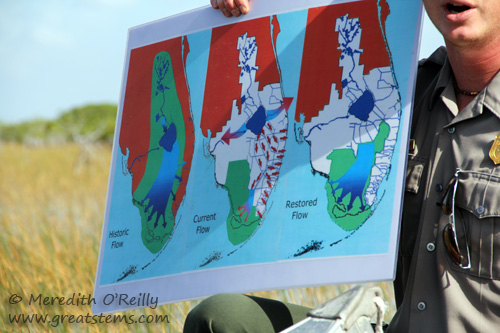 Park Ranger Daniel also spoke to us about the historic flow of water that once supported the vast Everglades and how human development and drainage drastically altered the path of water on which the Everglades flora and fauna have long been dependent, leading to several species becoming endangered. Efforts are in the works to restore some of the water flow to the Everglades, but as you can imagine, it will take time.
Park Ranger Daniel also spoke to us about the historic flow of water that once supported the vast Everglades and how human development and drainage drastically altered the path of water on which the Everglades flora and fauna have long been dependent, leading to several species becoming endangered. Efforts are in the works to restore some of the water flow to the Everglades, but as you can imagine, it will take time.
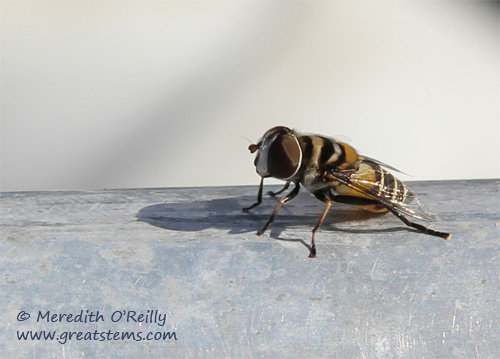 While we were stopped, Syrphid flies, Palpida albifrons, sought resting spots on our canoes, much to the chagrin of those in our group who at first feared they were bees. Great mimics, aren’t these flies? I’m astonished I managed to get a picture, given the movement of the canoe in the water and the wary reaction of the flies to my camera.
While we were stopped, Syrphid flies, Palpida albifrons, sought resting spots on our canoes, much to the chagrin of those in our group who at first feared they were bees. Great mimics, aren’t these flies? I’m astonished I managed to get a picture, given the movement of the canoe in the water and the wary reaction of the flies to my camera.
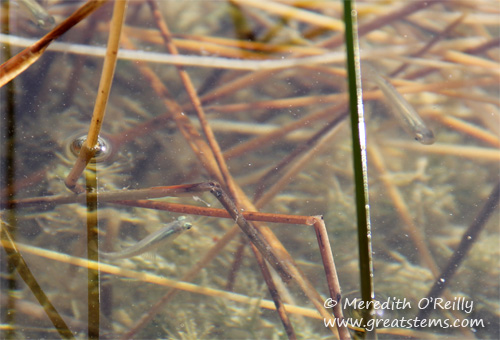 Below us, we only saw small fish, but much larger fish can be found throughout the fresh to brackish waters.
Below us, we only saw small fish, but much larger fish can be found throughout the fresh to brackish waters.
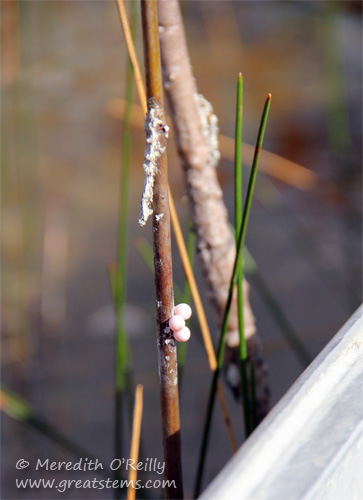
Apple Snail eggs
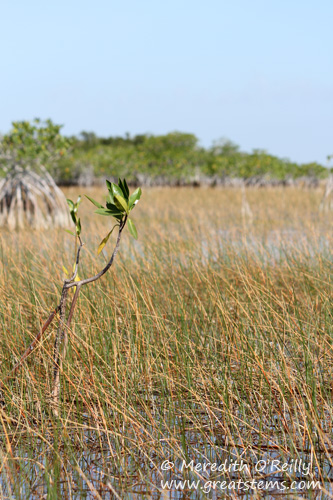 One young Red Mangrove is all it takes to start an island, as materials collect under its roots and more Mangroves develop. Well, one young Mangrove and a lot of time!
One young Red Mangrove is all it takes to start an island, as materials collect under its roots and more Mangroves develop. Well, one young Mangrove and a lot of time!
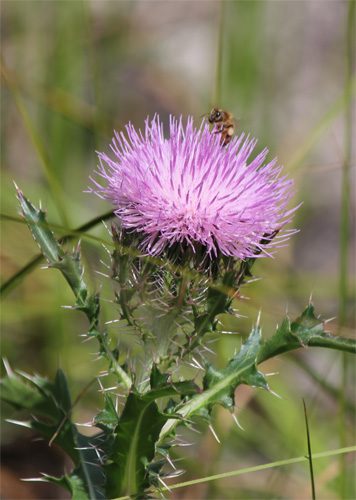
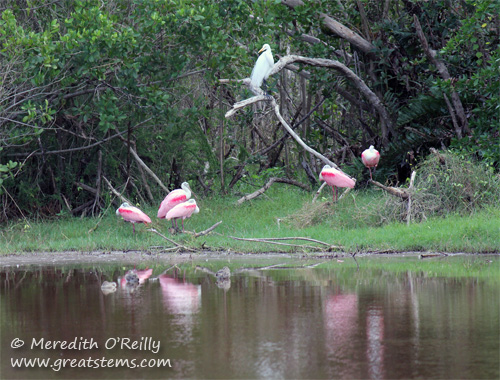 After leaving the 9-mile pond, we headed south toward Flamingo. Along the way we spotted Roseate Spoonbills and many other birds at Mrazek Pond, which as it turns out happens to be a prime birding location.
After leaving the 9-mile pond, we headed south toward Flamingo. Along the way we spotted Roseate Spoonbills and many other birds at Mrazek Pond, which as it turns out happens to be a prime birding location.
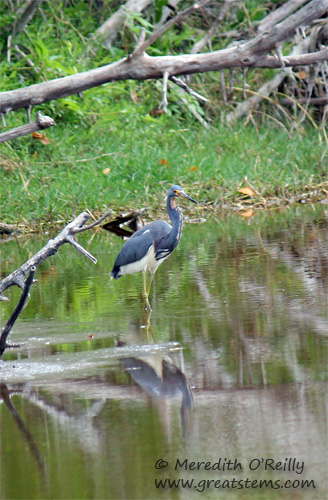
Tri-Colored Heron
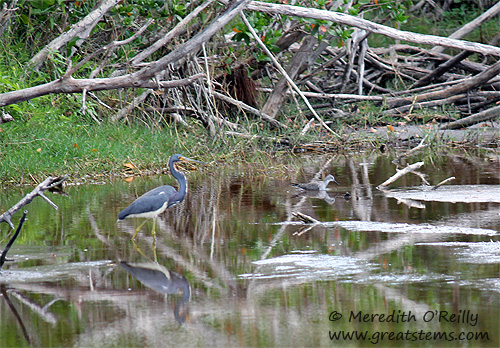
Tri-Colored Heron and, I believe, a Lesser Yellowlegs.
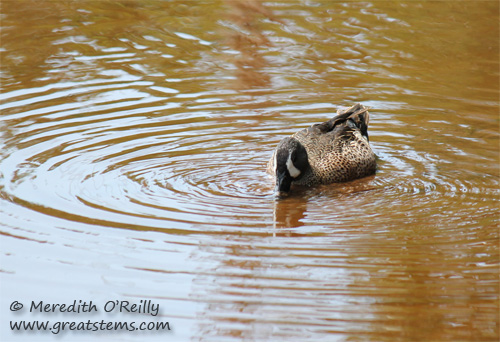 Blue-Winged Teal, Female
Blue-Winged Teal, Female
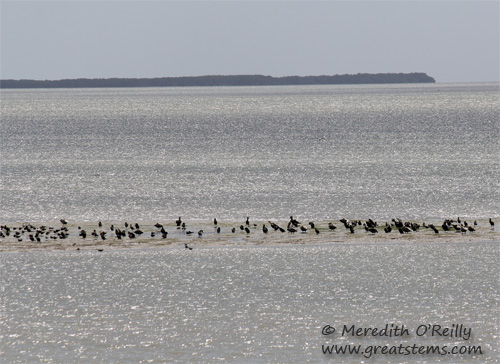 View from Flamingo, Southern Everglades
View from Flamingo, Southern Everglades
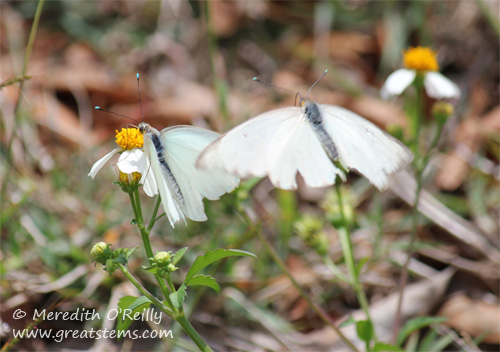 Down at Flamingo, we walked about the Visitor’s Center, enjoying sights of birds and butterflies. Manatees were mating at the marina, as well.
Down at Flamingo, we walked about the Visitor’s Center, enjoying sights of birds and butterflies. Manatees were mating at the marina, as well.
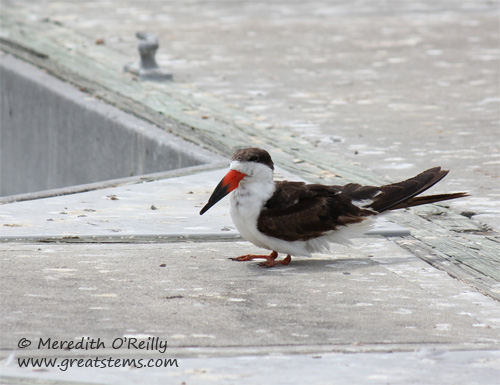 Black Skimmer
Black Skimmer
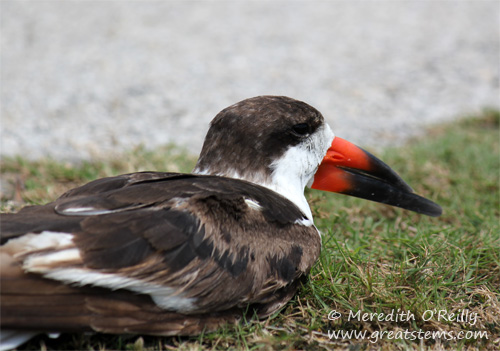 I fell in love with the Black Skimmers, especially fascinated by the elongated lower mandible that allows a skimmer to, well, skim the water for its food.
I fell in love with the Black Skimmers, especially fascinated by the elongated lower mandible that allows a skimmer to, well, skim the water for its food.
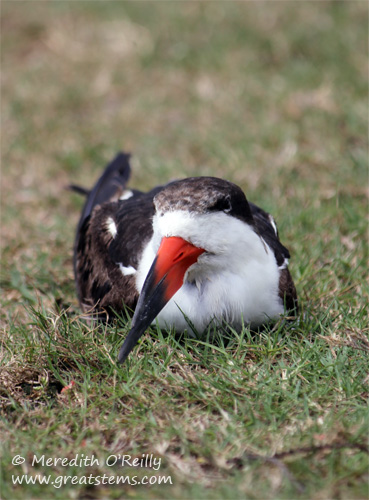
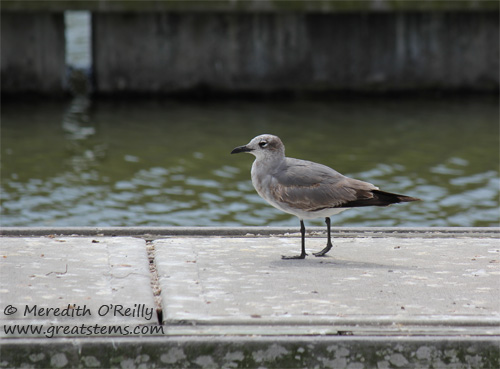
Laughing Gull, Juvenile
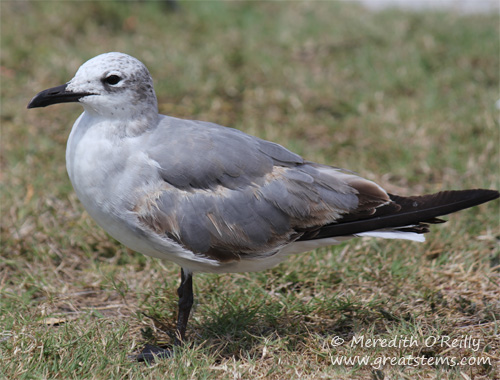 Our visit to the Everglades was ever too brief. We have grand plans to go camping there for a full week sometime soon!
Our visit to the Everglades was ever too brief. We have grand plans to go camping there for a full week sometime soon!
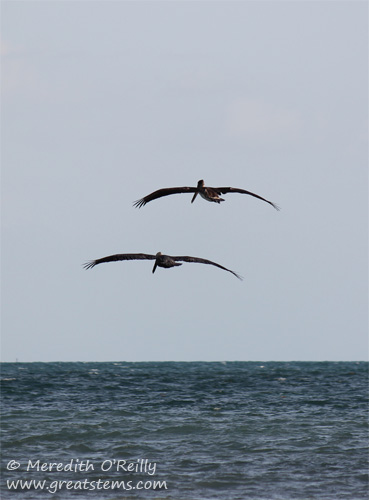
Pelicans, Key West
We ended the day with a drive out to Key West, which is considered the southernmost point of the contiguous United States. We had some key lime pie, as one should do while in Key West. I’m happy to report that while the pie was delicious, my boys like mine better! Just writing this, I’m craving lime — I think I best do something about that!
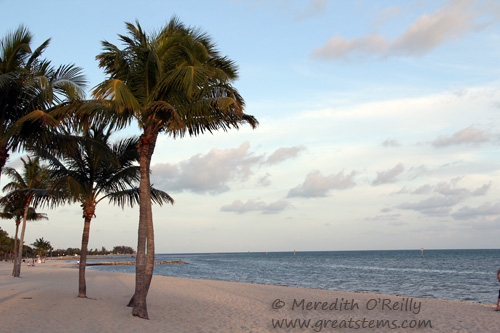 From this southernmost point, we pointed our car north again. It was time to head back toward Austin, but we still had a few stops to make during our journey home….
From this southernmost point, we pointed our car north again. It was time to head back toward Austin, but we still had a few stops to make during our journey home….
Meredith what an amazing trip and canoe ride…I still think i would be so leery of the gators…but the flora and fauna is spectacular….what beautiful birds…
I’m loving this trip!
Donna, the alligators for the most part ignore the humans, or at the very least are used to them enough to be tolerant of them. I think the only issue comes in if people foolishly harass the gators — I don’t think you would do that!
Alan, I’m sitting here working on these photos and am thinking I’m in big trouble if I spend a whole week there — it takes far more time to process the photos than it does to take them!